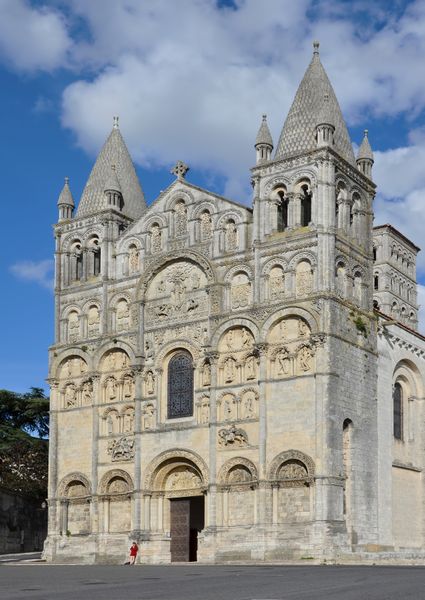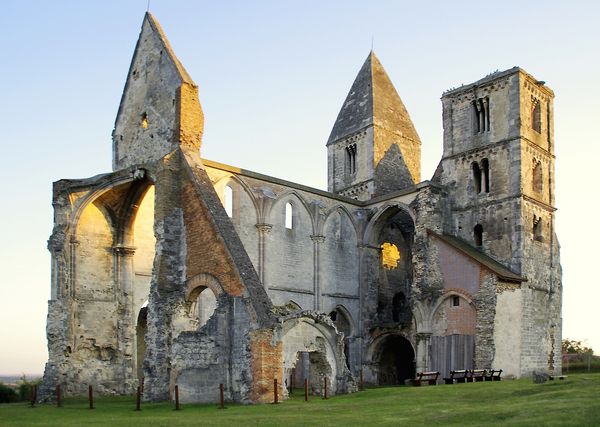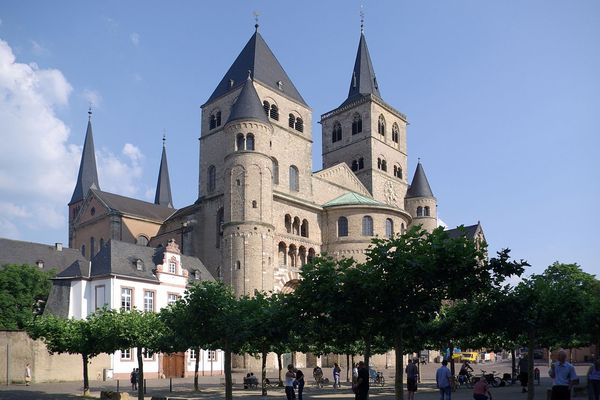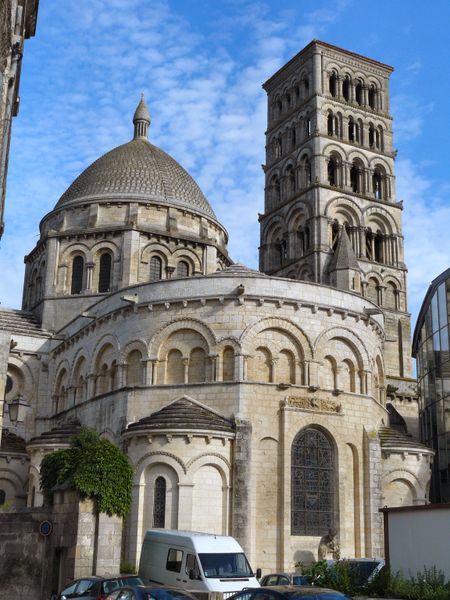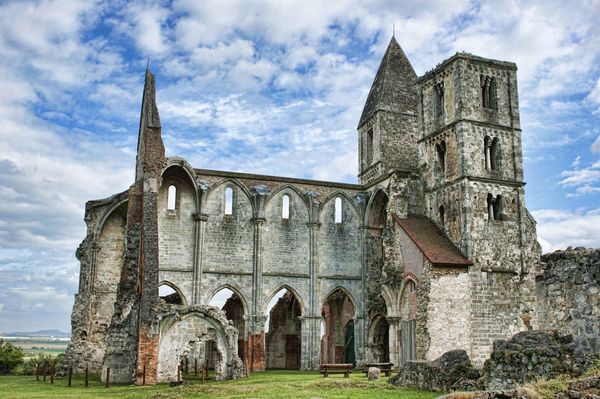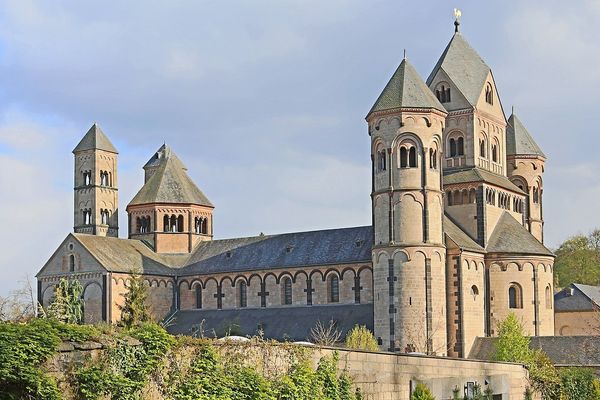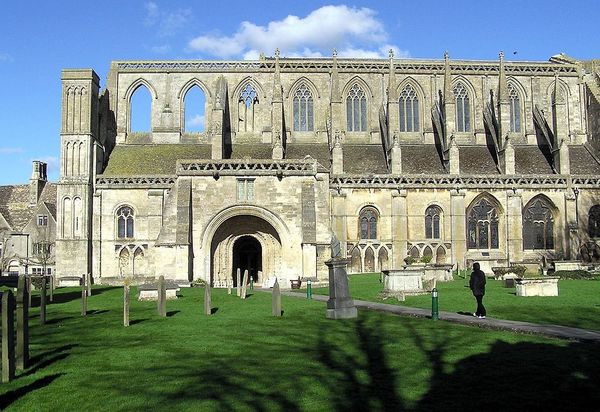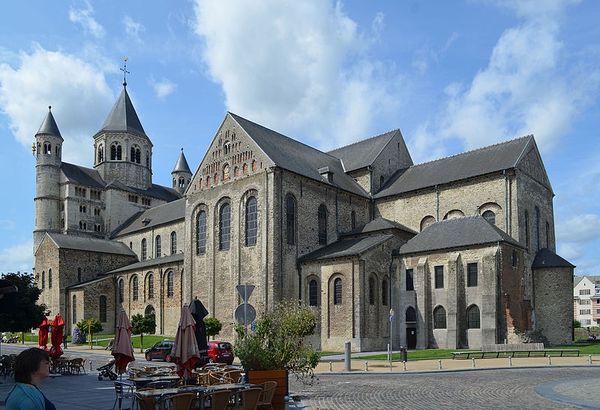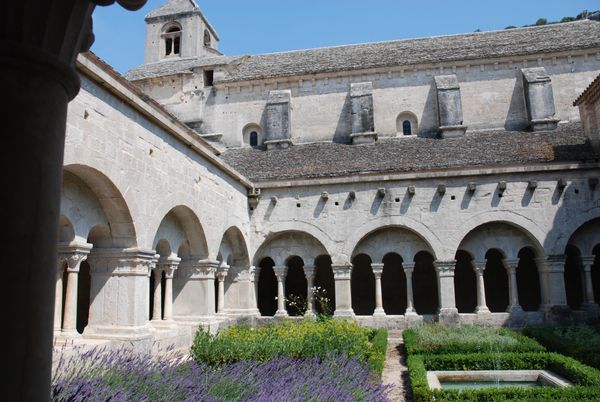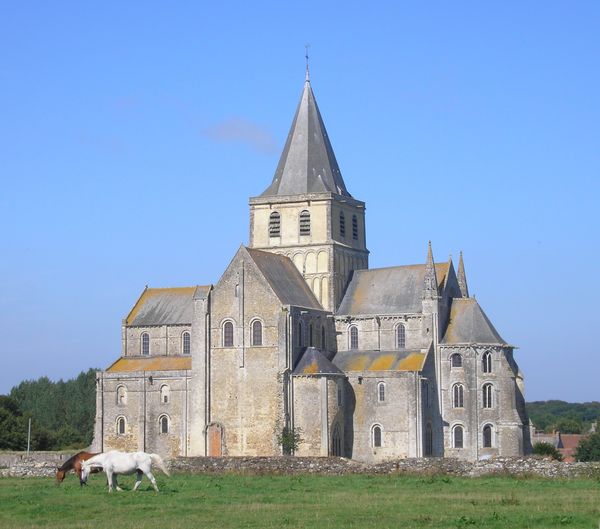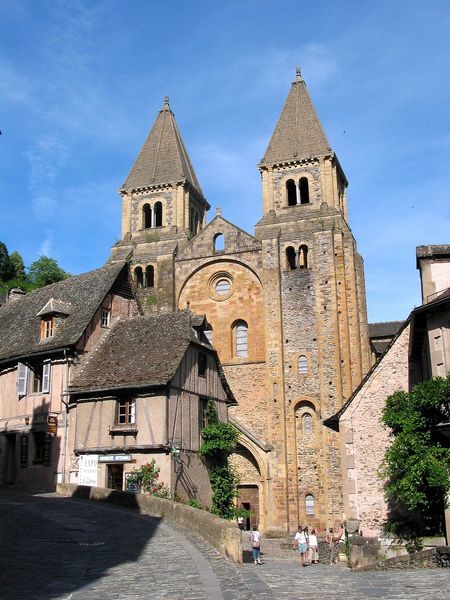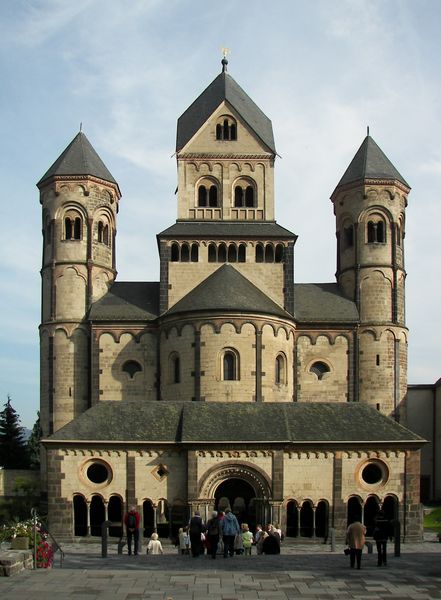
architecture
#
medieval
#
historic architecture
#
romanesque
#
architecture
#
historical building
Copyright: Public domain
Editor: Standing before us is a depiction of the Abbey of Saint-Étienne in Caen, France, a remarkable architectural achievement dating back to 1063. The towering spires and intricate details certainly convey a sense of awe and power, but it also feels like it's speaking to the passage of time and the enduring nature of faith. What kind of cultural symbolism can we glean from its Romanesque design? Curator: Consider those imposing towers. They don’t just reach for the heavens; they are visual proclamations, symbolic of power and stability. In medieval society, the church was not merely a religious institution, but a central pillar of communal life, dictating moral and social structures. The Abbey, through its architecture, became a cultural anchor. Editor: So, the height and scale weren't just aesthetic choices, they were communicating something deeper to the people of the time? Curator: Precisely. And notice the recurring use of rounded arches, a hallmark of Romanesque architecture. Arches are naturally very stable structures, but were they deliberately chosen to subtly convey ideas about reliability and strength within the community? It would make sense. Editor: That's a compelling perspective. I had considered them simply as a structural feature, but framing them as symbols adds so much more depth. Curator: Symbols often serve to connect a culture to both its present and its past, solidifying continuity. How else might we interpret these arches beyond just their stability? What emotions do these kinds of repetitive shapes and designs evoke? Editor: I think the sheer repetition provides a strong feeling of being grounded and comforted; especially since at the time I'm sure many people couldn't read or write, these kinds of emotional symbolisms would serve to instill deeper spiritual feelings that language alone might not. Curator: Exactly, well done! Now consider this: when we observe a building of this age, how much of our interpretation is rooted in our modern understanding versus what the builders intended to communicate to their contemporaries? Editor: This really prompts me to think about how buildings shape our perception and even transmit societal values across generations. Curator: Indeed, and it’s in deciphering those transmissions that we understand how art and architecture become lasting cultural voices.
Comments
No comments
Be the first to comment and join the conversation on the ultimate creative platform.
